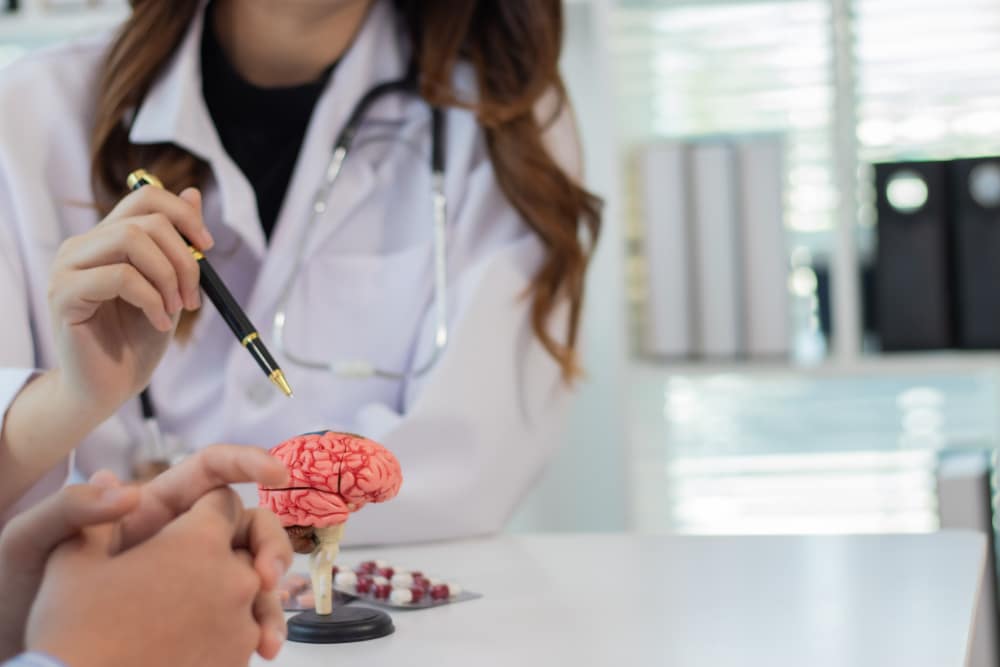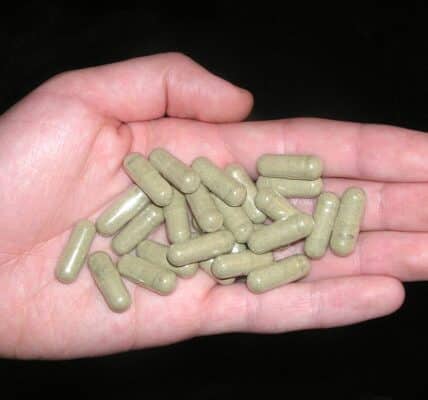Research on the Medial Habenula and Opioid Addiction

Earlier this month, AddictionNews published a lengthy article about research involving a region of the brain known as the medial habenula and its association with addiction. We covered the medial habenula and nicotine addiction, drug addiction, alcohol use disorder, and depression. But we missed something.
We missed the work of Ines Ibañez-Tallon, associate professor in the molecular biology lab at Rockefeller University. Dr. Ibañez-Tallon is locked-in on the habenula. She uncovered the connection between the habenula and nicotine addiction, and her research led to the discovery of a way to influence nicotine-seeking behavior in mice and in humans by targeting the habenula.
Dr. Dr. Ibañez-Tallon is the co-author of a major review article on the medial habenula published in the journal Pharmacological Research in 2023. Her research continues to explore the habenula looking for ways to manipulate it therapeutically. Her biography at Rockefeller University summarizes the nature of her new research:
Ibañez-Tallon is currently investigating the molecular mechanisms, neural circuits, and behaviors associated with the habenula. She has recently identified novel receptors and membrane proteins present only in specific habenular neuron populations, in which these molecules control neuronal activity and synaptic transmission. Her work has also uncovered a high concentration of rhythmic activity-generating pacemaker channels in habenular neurons.
Last week, Rockefeller University News published an interview with Dr. Ibañez-Tallon about her work. It’s always interesting to see the arc that leads to breakthrough research. In this case, Dr. Ibañez-Tallon started with the fact that 37% of people of European descent “carry specific variants in nicotinic receptor genes” that make it especially difficult for them to quit smoking.
“My team put these mutated genes into mice,” reports Dr. Ibañez-Tallon. The mice got hooked on liquid nicotine. That led to the discovery of:
[…]a mutated nicotinic receptor subunit called alpha five (α5) located in a region connected to the habenula called the interpeduncular nucleus (IPN).
And here’s the payoff: “Later we discovered that it has a very high concentration of opioid receptors as well.” Dr. Ibañez-Tallon teases out the implications: “What we think this adds up to is that the habenular circuit provides a very basic learning mechanism that allows for fast adaptation to behaviors.” She explains how repeated opioid use impacts the habenula:
[…] the habenula sends messages to the IPN, which leads to inhibited release of neurotransmitters that would signal that a change has occurred. Without negative feedback from the IPN back to the habenula, opioid consumption escalates and leads to increased intake and maladaptive mechanisms.
On first consumption, the human body is offended by tobacco use, alcohol use, opioid use, cocaine use, or any drugs of abuse. It’s not just that the dopamine surge overrules the revulsion; it’s that the revulsion quiets with repeated use. Dr. Ibañez-Tallon says she’s on a search for “a ligand,” a molecule that can bind with a specific receptor in the habenula. “We could use this ligand to modulate opioid sensitivity so that people feel satiated by a much lower amount of the drug,” says Dr. Ibañez-Tallon.
The habenula is essentially a quick learner, particularly when it comes to disappointment. When you don’t get a reward you are expecting, the habenula makes sure you remember through fluctuations in dopamine, serotonin, acetylcholine, and other neurotransmitters. These characteristics make the habenula a prime target for research on treating depression.
Dr. Ibañez-Tallon notes that deep brain stimulation of the habenula has been tried successfully on treatment-resistant patients with depression, though use is still very limited. One complication in targeting the habenula is that it not only reduces the desire to consume opioids in mice, it also reduces their desire to run. Just like GLP-1 drugs, habenula drugs may suppress a wide variety of compulsive behaviors.
Written by Steve O’Keefe. First published April 28, 2025.
Sources:
“Using a pea-sized node in the brain to potentially treat drug addiction,” Rockefeller University News, April 22, 2025.
“Understanding the habenula: A major node in circuits regulating emotion and motivation,” Pharmacological Research, April 2023.
Image Copyright: saisupawka.




